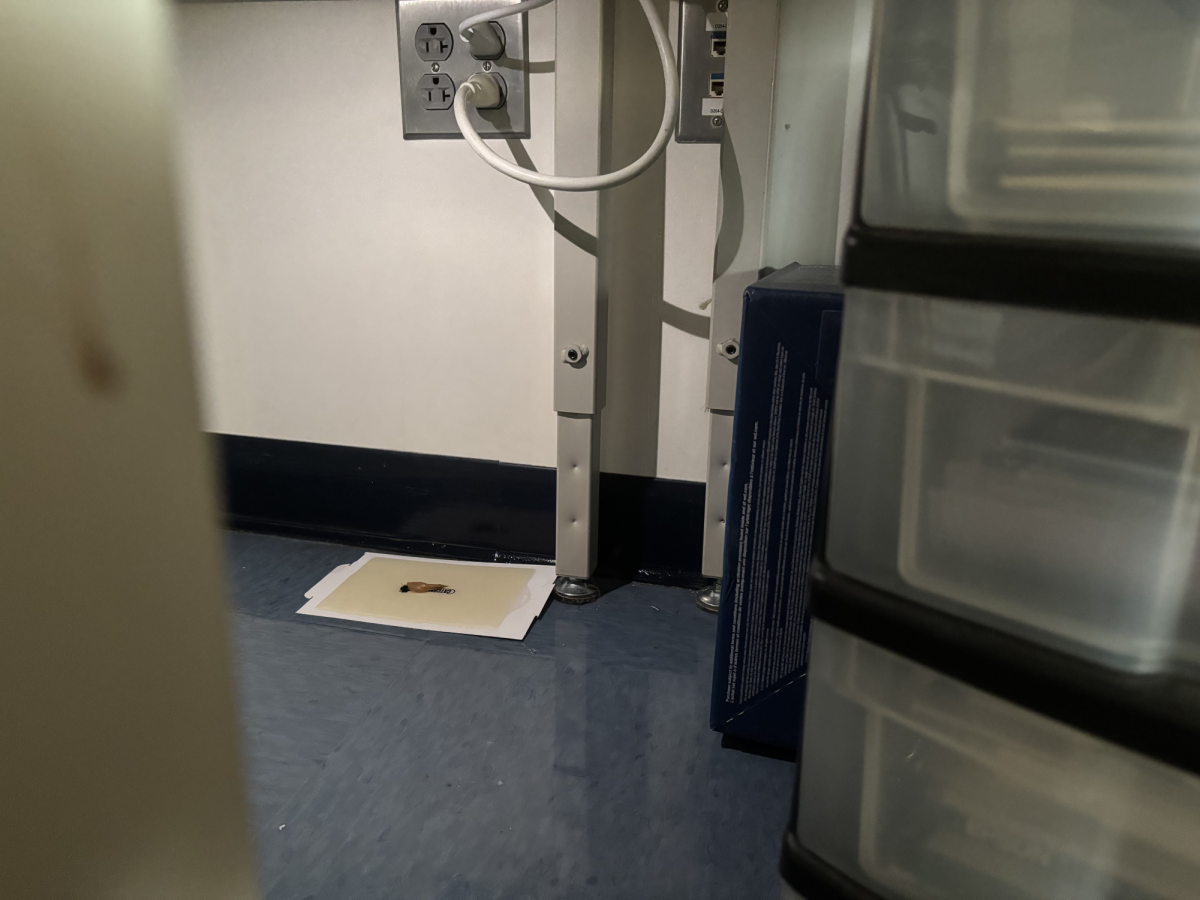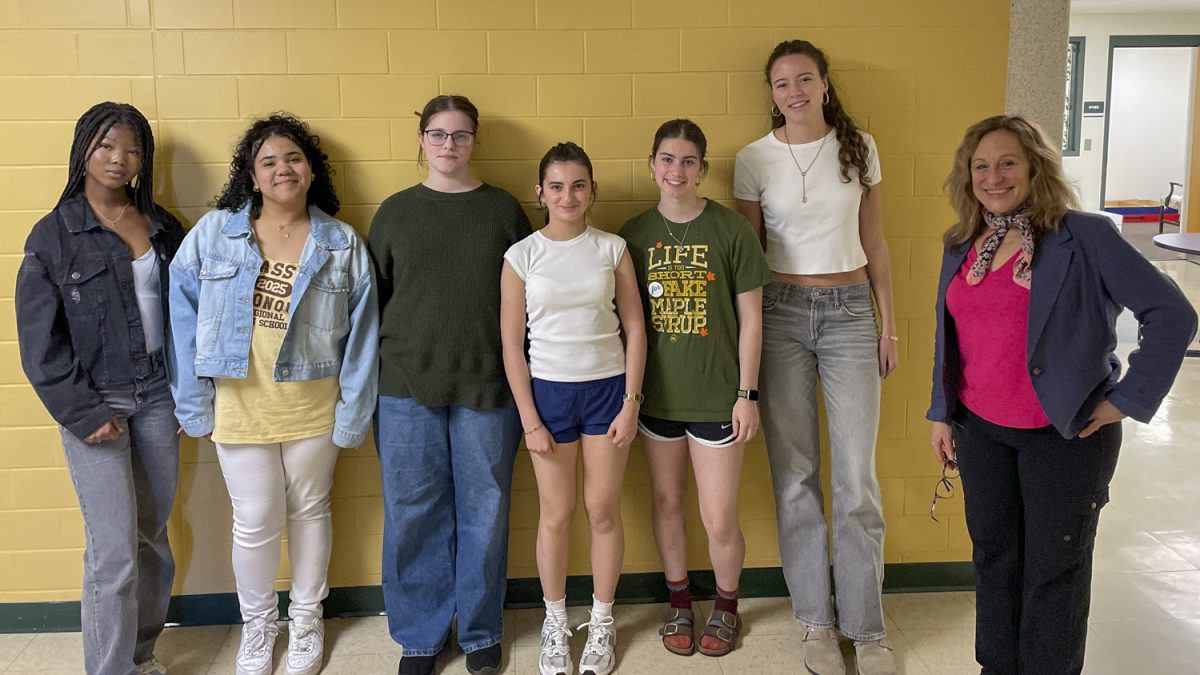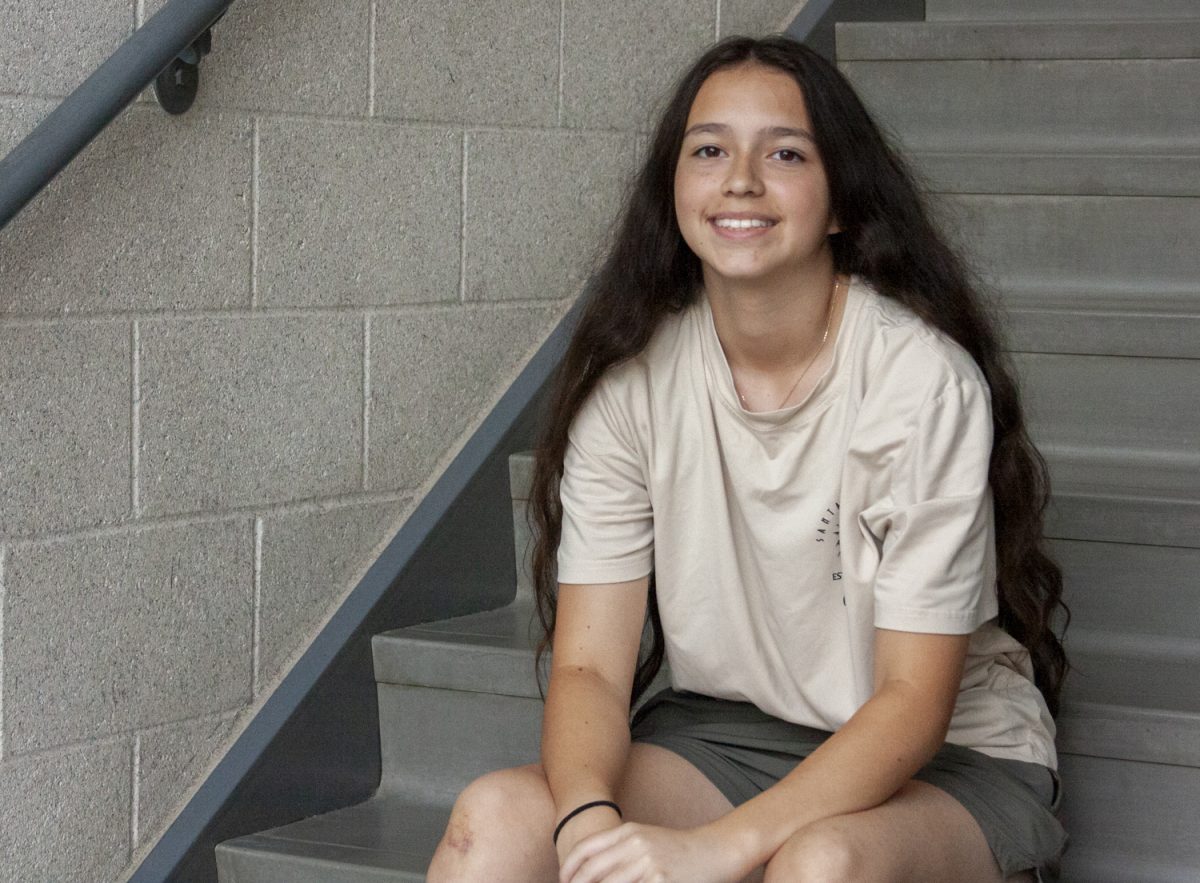Algonquin, like many larger and older buildings, has a mouse problem. The Facilities department is working with exterminators to eliminate mice and has made progress, but they urge students and faculty to do what they can to properly store food.
Over recent weeks, mice and mouse droppings have been seen in hallways, classrooms, offices and locker rooms. The school has a contract with Hudson Pest Exterminators to control the problem, which has existed for years, though the mice have resurged this winter.
Multiple teachers have experienced mice issues this winter, with some finding evidence of mice in their classrooms and desks after February break.
“I opened up my drawer and saw mouse droppings. There was a cocoa packet down there from probably 2010, so that might have caused it.” an anonymous teacher said.
Glue traps have since been placed in the teacher’s classroom and various other locations throughout the building. While the teacher is concerned about the number of mice that may be in the building, they understand that the issue can be very difficult to manage. However, these traps raise concern as they are considered inhumane, drawing out a long and prolonged death rather than a quick end of suffering. Oftentimes, mice will end up chewing their own limbs off in an attempt to escape from the trap.
According to Stampede Pest Control, “A single mother could produce about 70 offspring all by herself. With sufficient food and safety, a colony of mice can explode to become a huge problem faster than most people would believe possible.”
Health and Fitness teacher Melissa Arvanigian, whose classroom is in the B100 hallway, also experienced damage to some of her personal belongings from mice.
“We came back from winter break and I saw mice had gone through my desk, chewing through things like one of my sweaters I had,” Arvanigian said.
She’s been experiencing mice trouble for some time now. However, the facilities staff’s work to combat the problem has resulted in less sightings of them in her classroom.
“I make sure I have no food out in the room,” Arvanigian said. “If I do, it’s in the refrigerator.”
The time of year also seems to affect the mice population within the school. Most rodent sightings are reported by both teachers and students during the winter months.
“I start seeing them around winter time, January and February mostly,” Arvanigian said.
While custodial and maintenance workers have reduced the number of mice with traps and third-party assistance from Hudson Pest Exterminators, according to Director of Facilities Mike Gorman, mouse problems are common at schools. Gorman believes it is challenging to completely eliminate mice from a 350,000 square-foot building, especially when mice can access food easily, both outside and inside of the school property.
“There is a program going on that does composting so there’s two barrels outside full of food; that’s a big magnet for the mice, but we stay on top of it,” Gorman said.
Since mice are attracted to food, Gorman suspects that the widespread area where students are eating their lunches, which includes the cafeteria, hallways and rotunda, contributes to the problem inside the school building.
“There’s a lot of food sources,” Gorman said. “The hallway is a major attraction point for them. People eat their food from the cafeteria all the way to the rotunda during lunch. It’s a natural attraction for [mice].”
According to Gorman, students are bound to drop food while eating. When students don’t clean up their mess, it may take some time before a custodian is able to thoroughly clean such a widespread area.
While Principal Sean Bevan also believes the large number of students sitting in the hallways and rotunda during lunch attracts mice, he recognizes the students’ motive to want to eat outside of the cafeteria.
“From what I understand, there are many reasons students decide to sit in the hallways during lunch,” Bevan said. “I understand that seating is difficult because nearly all the tables seat a group of people. It can be awkward for students only wanting to sit alone or with one other person.”
Bevan says he is working with the Student Council to expand the seating area for everyone. Redirecting more people from the hallway and rotunda would have a positive impact on the mouse issue.
“We plan to have as many students as possible sit outside when the weather gets warmer,” Bevan said. “We’ll encourage students to eat their lunches at the outside tables and near the road.”
Gorman says the cafeteria itself is “very well managed” when it comes to mice control, but hallways and individual classrooms can be a problem.
“You’ll usually see it’s more of the classrooms that have mice problems,” Gorman said. “If students come in with candy, cookies or crackers, it’ll get on the floor, which attracts the mice. We do what we can every night to clean the school as best as possible, but there will always be something left.”
Gorman said Hudson Pest Exterminators have visited Algonquin more than they normally do at this time of year to contain the issue.
“They have bait stations around the school,” Gorman said. “They also have some nontoxic things that work out well, too.”
According to Algonquin’s Indoor Integrated Pest Management plan (IPM), the school tries to limit the amount of chemicals used while mitigating pest issues. However, it is still within school policy to use them when needed. According to the IPM, when necessary the school utilizes rodenticides like “Contrac Blox,” which includes bromadiolone, an anticoagulant poison that causes internal bleeding to the pests.
Potential rodenticide use is concerning to some school community members. English teacher Valerie Burdette is a birder who worries about the repercussions of the toxic poisons some pest companies utilize.
“When the mouse dies with poison in its system, a predator can eat it and get very sick and possibly die from it,” Burdette said.
The process of a predator getting poisoned in such a way is called “Secondary rodenticide toxicosis,” according to Raptor Tales, an organization that Burdette says “rehabilitates animals that have experienced secondary poisoning.”
Burdette is concerned about the rodenticides but optimistic that legislation has been proposed to address the threat they pose to the environment.
With the reports of mice, some people have wondered if there are other pests in the school building. According to the IPM plan, ants and rats have historically had a presence within ARHS as well. However, Bevan says there have been no recent reports of other pests.
“I haven’t heard of any animals in the school other than the mice,” Bevan said. “Currently it’s just the mice that come around this time of year, which is well managed.”











